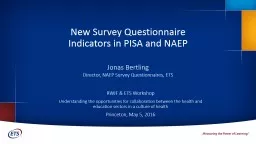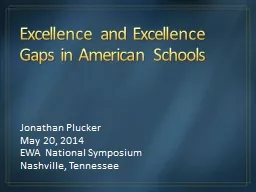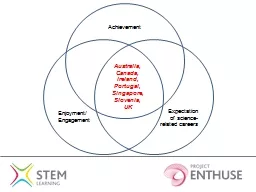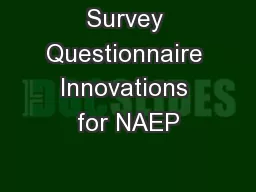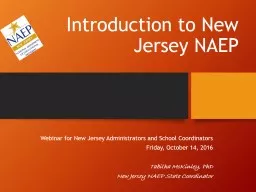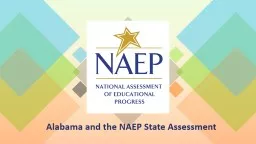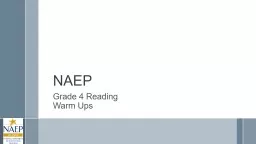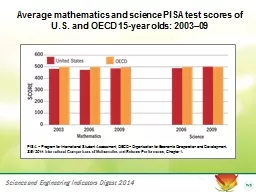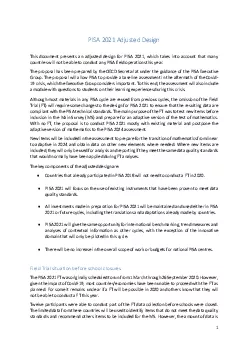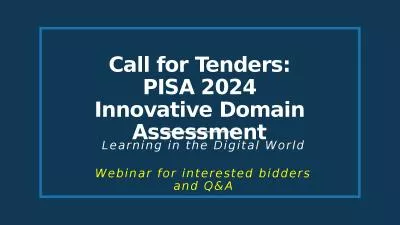PPT-New Survey Questionnaire Indicators in PISA and NAEP
Author : lois-ondreau | Published Date : 2018-09-22
Jonas Bertling Director NAEP Survey Questionnaires ETS RWJF amp ETS Workshop Understanding the opportunities for collaboration between the health and education
Presentation Embed Code
Download Presentation
Download Presentation The PPT/PDF document "New Survey Questionnaire Indicators in P..." is the property of its rightful owner. Permission is granted to download and print the materials on this website for personal, non-commercial use only, and to display it on your personal computer provided you do not modify the materials and that you retain all copyright notices contained in the materials. By downloading content from our website, you accept the terms of this agreement.
New Survey Questionnaire Indicators in PISA and NAEP: Transcript
Download Rules Of Document
"New Survey Questionnaire Indicators in PISA and NAEP"The content belongs to its owner. You may download and print it for personal use, without modification, and keep all copyright notices. By downloading, you agree to these terms.
Related Documents

